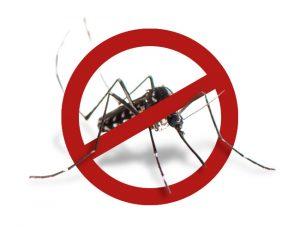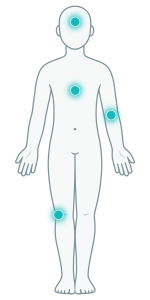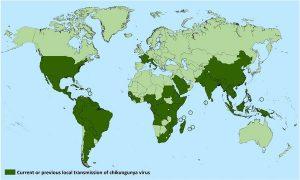New Chikungunya vaccination
now available

The first chikungunya vaccine Ixchiq
has been available for you in our practice since April 2025.
We will also be happy to advise you on vaccination against
Chikungunya in our practice as part of your travel preparations.
In our practice in Munich, we usually have all travel medicine vaccines in stock.
Chikungunya –
Disease and vaccination
Chikungunya fever is a mosquito-borne viral disease that begins suddenly with a high fever and severe joint pain. The disease is mainly spread by Aedes mosquitoes in tropical and subtropical regions. Chikungunya repeatedly leads to major outbreaks, particularly in tropical regions, as is currently the case in LA Reunion with more than 10,000 cases. In recent years, however, the risk of infection with chikungunya has also increased significantly in the Mediterranean region.
In addition to fever and joint pain, there is often a skin rash, headache and fatigue. The acute phase lasts about a week, but joint pain can last for months. There is no specific treatment, only symptomatic relief with painkillers and hydration. The disease usually heals without consequences, but can be severe, especially for older people or those with a history of the disease. Two vaccines against chikungunya have now been approved in Germany.
The vaccination is therefore another building block for safe travel in risk areas for travelers.

We will gladly advise you
In our practice for rice medicine, we are happy to advise you on vaccination against chikungunya.

CDC - Chikungunya World Map 2019
Chikungunya fever
The disease
Here you will find common questions and answers about the disease.

